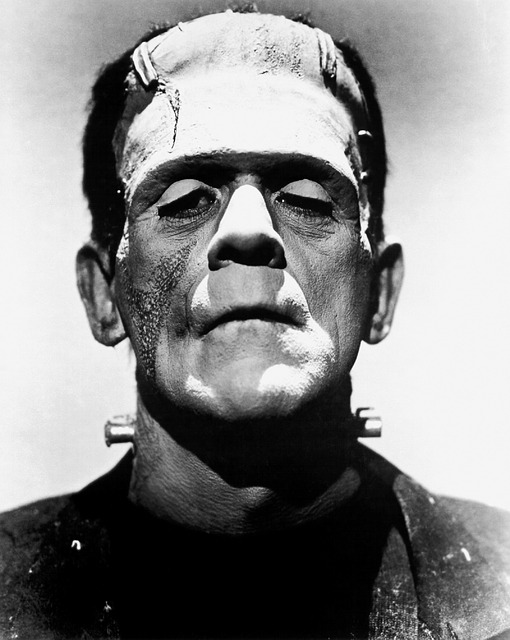Ancient Fables for the Neobiological Age
By Brian Bergstein,
Neo.Life
| 12. 28. 2017
What “Frankenstein” and the golem tell us about the power and responsibility of science.
January 1 marks the 200th anniversary of the publication of Frankenstein, Mary Shelley’s remarkable novel about a scientist who cobbles together body parts and brings them to life in a “new species.” Because Victor Frankenstein’s project has terrible unintended consequences — he ditches his monster because it is ugly, and the creature roams the world in a destructive search for a mate — the novel can be read as a warning about messing with nature. Those sad and scary themes rear up when people use a term like “Frankenfoods” to denigrate bioengineered products.
But even if Shelley thought of the book as cautionary tale (and it’s debatablewhether she did), that isn’t a very useful cultural shorthand today, as we wrestle with the implications of gene editing, gene writing, and other technologies that give us more power than ever to manipulate biology. Caution is of course required with these technologies. But an excess of it—too much worry about unleashing Frankenstein’s monster—could be even more dangerous. Ultimately, we’re going to have...
Related Articles
Following a long-standing CGS tradition, we present a selection of our favorite Biopolitical Times posts of the past year.
In 2025, we published up to four posts every month, written by 12 authors (staff, consultants and allies), some in collaboration and one simply credited to CGS.
These titles are presented in chronological order, except for three In Memoriam notices, which follow. Many more posts that are worth your time can be found in the archive. Scroll down and “VIEW...
A Review of Exposed by Becky McClain
“Do not get lost in a sea of despair. Be hopeful, be optimistic. Our struggle is not the struggle of a day, a week, a month, or a year, it is the struggle of a lifetime. Never, ever be afraid to make some noise and get in good trouble, necessary trouble.”
— John Lewis
Becky McClain became famous when she successfully sued Pfizer, one of the very largest pharmaceutical and biotech companies. She...
By Josie Ensor, The Times | 12.09.2025
A fertility start-up that promises to screen embryos to give would-be parents their “best baby” has come under fire for a “misuse of science”.
Nucleus Genomics describes its mission as “IVF for genetic optimisation”, offering advanced embryo testing that allows...
By Katherine Long, Ben Foldy, and Lingling Wei, The Wall Street Journal | 12.13.2025
Inside a closed Los Angeles courtroom, something wasn’t right.
Clerks working for family court Judge Amy Pellman were reviewing routine surrogacy petitions when they spotted an unusual pattern: the same name, again and again.
A Chinese billionaire was seeking parental...




